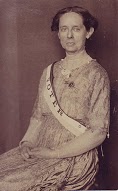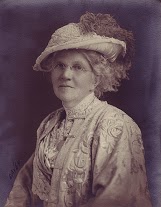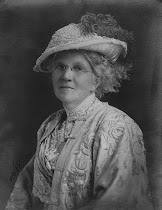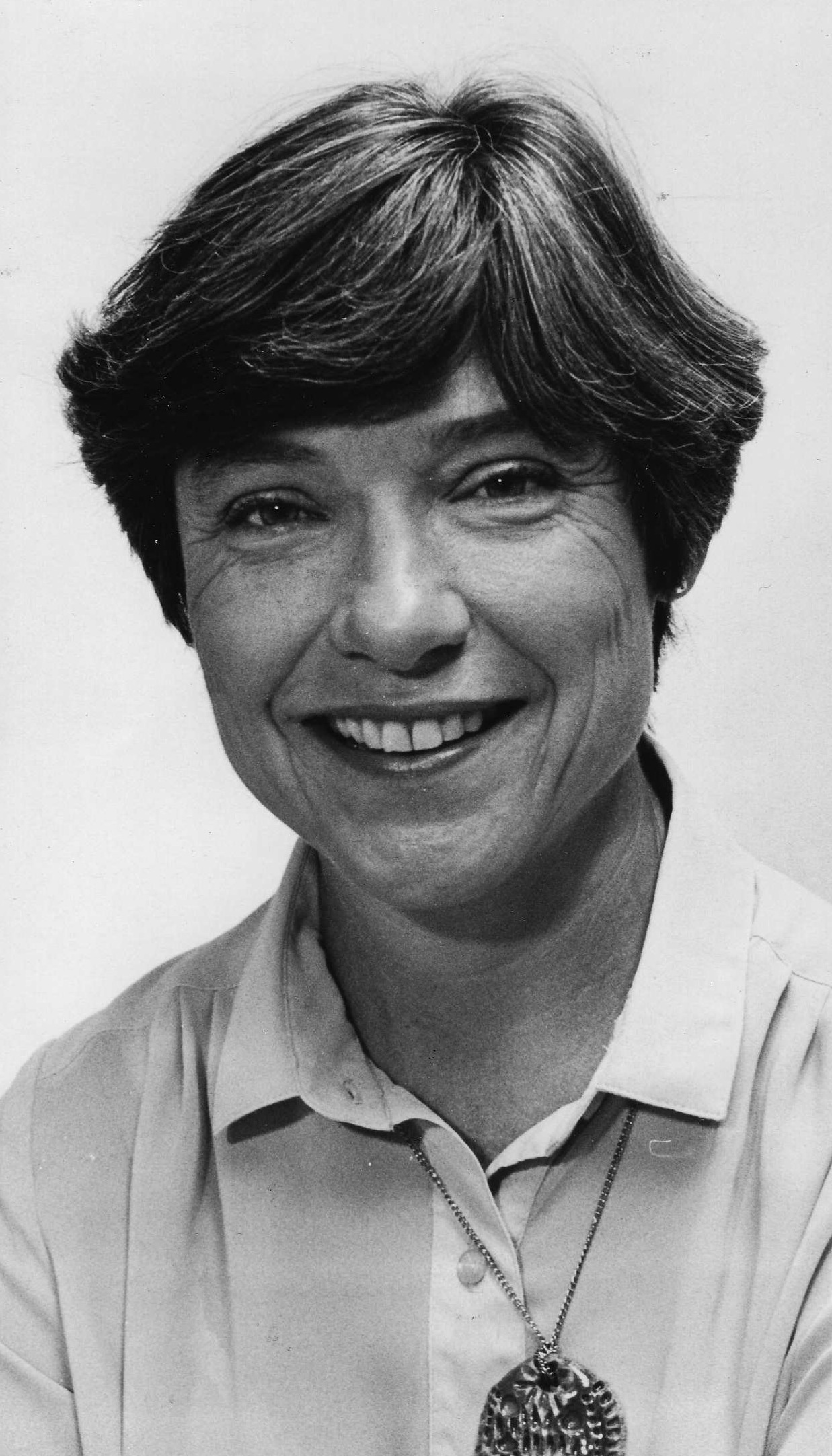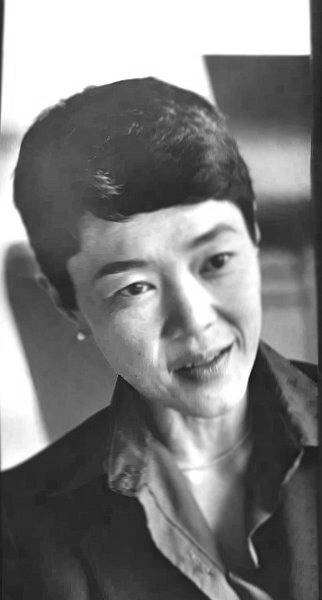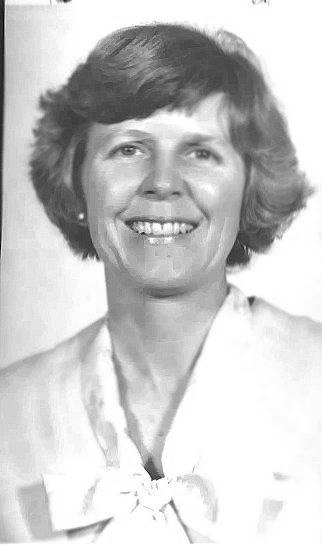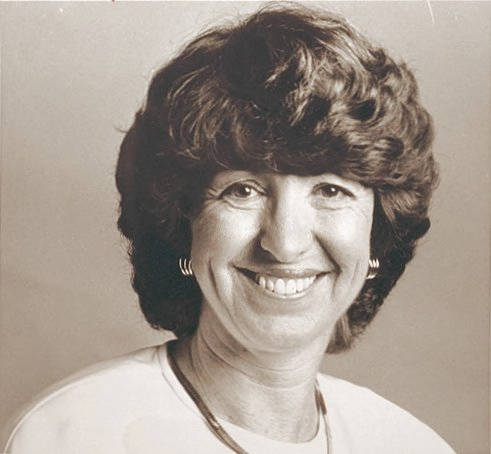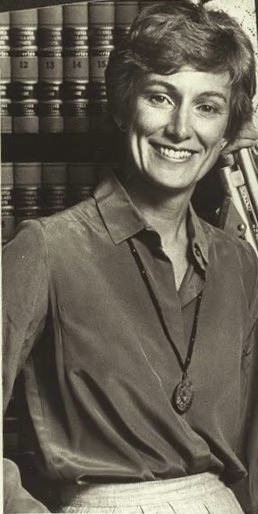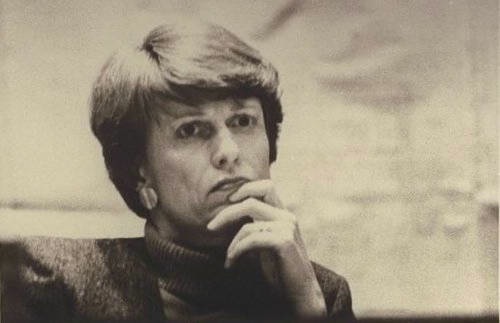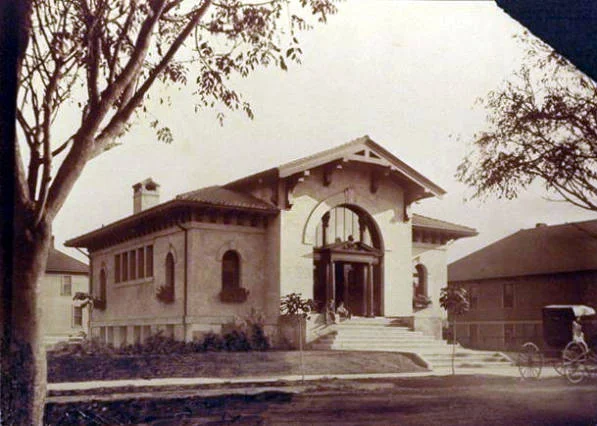

Historical Timeline
Highlights of the Club's history provide insights to the development of our community and advances for women and children in our society. The members have been pioneers in their fields and often used the organization's activities to enlighten and enliven Palo Alto.
SCROLL DOWN
Historical Timeline
Highlights of the Club's history provide insights to the development of our community and advances for women and children in our society. The members have been pioneers in their fields and often used the organization's activities to enlighten and enliven Palo Alto.
1890s
- On June 20, 1894, 24 women gathered at the old Presbyterian Church to formally organize the Palo Alto Woman's Club.
- Mary Grafton Campbell was elected President, Ms. M.B. Culver, Vice President, Cora Warner, Secretary.
- On Sept. 17, 1897, when club membership had risen to 110, President Campbell said "Men form clubs for relaxation and recreation - women for concerted work. But this very work, so different from their home work, is both solace and recreation; if we pronounce it recreation, we describe what it does for women."
- They helped found PA's first elementary school in 1893, (largely through the efforts of member, Anna Zschokke who also personally purchased a building at Webster and Channing for PA's first high school.
- They established "The Friendly Wood Yard" to provide jobs for unemployed transients in 1894.
- They twice proposed, in 1895 and in 1899 - that the City trustees place a Sewer Bond Issue before the voters.
- Club members founded the City's first reading room in 1896 and its first lending library in 1898.
1900s
- Julia Gilbert,WC Pres. from 1902-03 spearheaded the lending library project. When it was dedicated to the city trustees on Oct. 1, 1902, it contained over 2,300 volumes and had cost the WC $3,387.00 to create.
- They beautified the City streets and the railroad station through tree purchases, planting, watering, and pruning.
- The Club's Village Improvement Committee had full power to recommend park locations and landscaping and held town clean-up days.
- 1904, the WC of PA was incorporated and started a "lot fund."
- They promoted school gardens, secured lunch and rest rooms for girls at the high school.
- During the 1903 cholera epidemic, the 1906 earthquake, and during the 2 World Wars, they aided victims and worked with service men and their families.
- 1906- the Club purchased a lot for $1,125.00 dollars at the corner of Homer and Cowper.
- In 1909, the Club nominated Mrs. C.L. Place for the Board of School Trustees, the first PA woman elected to any PA office.
1910s
- California women got the vote in 1911 - a cause for which Club women had fought.
- Once enfranchised, they taught members about important local and state issues and how to organize in order to affect voting on issues.
- The Club raised funds through receptions, food markets, costume parties, notable speakers such as Helen Keller.
- They published two books, The Santa Clara Valley and a Woman's Club Cook Book.
- In 1916, the Tudor-Craftsman style Clubhouse was completed at a cost of $10,590.00. There was a 500 person house-warming on Sept. 20, 1916.
- In 1919, the Club endorsed the first two successful female candidates for City Council.
1920s
- In 1920, The Club held a mortgage burning party to celebrate the retirement of the debt incurred when the Clubhouse was built in 1916.
- An oleo screen otherwise known as advertising curtain was hung on the Club stage in 1925. It is the only such curtain remaining in Palo Alto. The Advertising Agency paid the Club $500.00 to hang the curtain and local businesses paid to advertise on the curtain.
- Music, refreshments and speakers continued at the Club’s twice monthly meetings. Speakers kept members informed on topics such as drug addiction and child labor laws.
- Philanthropic activities centered on the Veterans Administration Hospital, the Redwood Trees League and allowing the Clubhouse to be used for meetings of the nascent Girl Scouts.
- Club members endorsed State Legislation on Community Property Laws as well as Arms Limitation. Locally, the Club lobbied the Council to hire Palo Alto’s first policewoman.
1930s
- During the 1930’s depression, the Club focused on the needs of their own city by collecting, repairing and distributing used clothing and conducting food drives.
- In response to a request from President Herbert Hoover to all Women’s Clubs, a survey enumerating unemployed workers in the community was sent to Washington, D.C.
- In 1933, the total cash assets of the Club were .21 (cents, that is!)
- By 1935, the Club could pay its bills on time and the membership began again to allocate money to the Philanthropy Committee.
- Many Club lectures centered on concerns about the war in Europe.
- On the lighter side, the Club, during the depression, tried unsuccessfully to get the dirigible being built at Sunnyvale Air Base to be named “The Palo Alto!”
1940s
- Two Club meetings per month were held, one for business with programs provided by the Club Sections and the second a general membership social with a paid performer or speaker.
- There were over 25 to 30 Club Sections run by members. Art, Music, Drama, a Choral group, Bridge, and International Relations were a few.
- In 1941, the Palo Alto Woman’s Club formed a Junior Woman’s Club for women aged 16 to 24. Meetings and activities were separate but the Junior Club President served on the Woman’s Club Board. There was no maximum number of members in either Club.
- The focus of Philanthropy, during these war years, was to aid soldiers and veterans.
1950s
- Club membership reached its height with 350 members. There were approximately 10 new members per month.
- Women’s activism in government and community leadership increased.
- Fashion shows, teas, musical programs and dramatic presentations were presented in addition to guest speakers.
- There was a high level of participation in regional, state and national Woman’s Clubs meetings and projects.
- West Bay Opera held its premiere performance at the Palo Alto Woman’s Club.
- Club Rentals brought in approximately $100.00 per month while assets ranged monthly from $1,000.00 to $2,000.00 plus a separate $2,000.00 bond.
- Approximately $750.00 was contributed yearly to Philanthropic causes such as The Cancer Fund, the March of Dimes, the Veteran’s Hospital, the Red Cross, the Tuberculosis Fund, the ASPCA and PAHA.
1960s to 1970s
- The Palo Alto Woman’s Club, as part of the Regional, State and National Federation of Woman’s Clubs, shared common interests and goals with 11 million women in more than 60 countries.
- The Club received many regional awards for their programs, membership size and leadership.
- Club members participated in monthly bus tours concentrating on California history, State landmarks and museums.
- From July to September 1972, emergency meetings were held to address the Clubhouse’s structural stability. The building was declared unfit for occupancy! $26,770.00 was needed for repair. The money was raised and the women returned to their Clubhouse by 1972.
- During these decades, as women began to pursue careers and enter the workforce membership began to decline from the heady days of the 1950’s.
1980s
- There were two full membership meetings a month; the first a business meeting and the other a program meeting with about 35 in attendance.
- Key activities were bridge and a book review group.
- Money was donated to veterans' groups and redwood tree planting.
- The Club was active in the district federation of women's clubs.
- Mrs. Boots Gould, President, prevailed over a faction of the Club who wanted to sell the Clubhouse to the Palo Alto Medical Foundation.
- After the 1989 Loma Prieta earthquake the Club sent money and supplies to Watsonville which had been hard hit.
1990s
Edith Zitelli, a trained operatic soprrano
- Club membership increased throughout the decade.
- Member Diane Claerbout wrote a Centennial play presented by and to Club members about the Club's history.
- Club activities expanded: a history committee was formed, the building was renovated and landscaped, Tuesday night socials, a book club and an investment club were added.
- Luncheon Committee volunteers hosted monthly events
- Wine Tasting with hors d'oeuvres, the first coed evening event in a long time was successfully introduced.
2000s
We now have full membership and a waiting list in 2005
- Started the current Philanthropy committee
- Revitalized the luncheon programs and evening events
- Started Cine Circle, knitting and bridge groups were added.
- Remodeled our restrooms in 2010
- Adopted Haven House as our Outreach project in 2010
- Initiated "Planning for the Future" in preparation for the 100th anniversary of our Clubhouse

